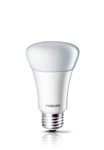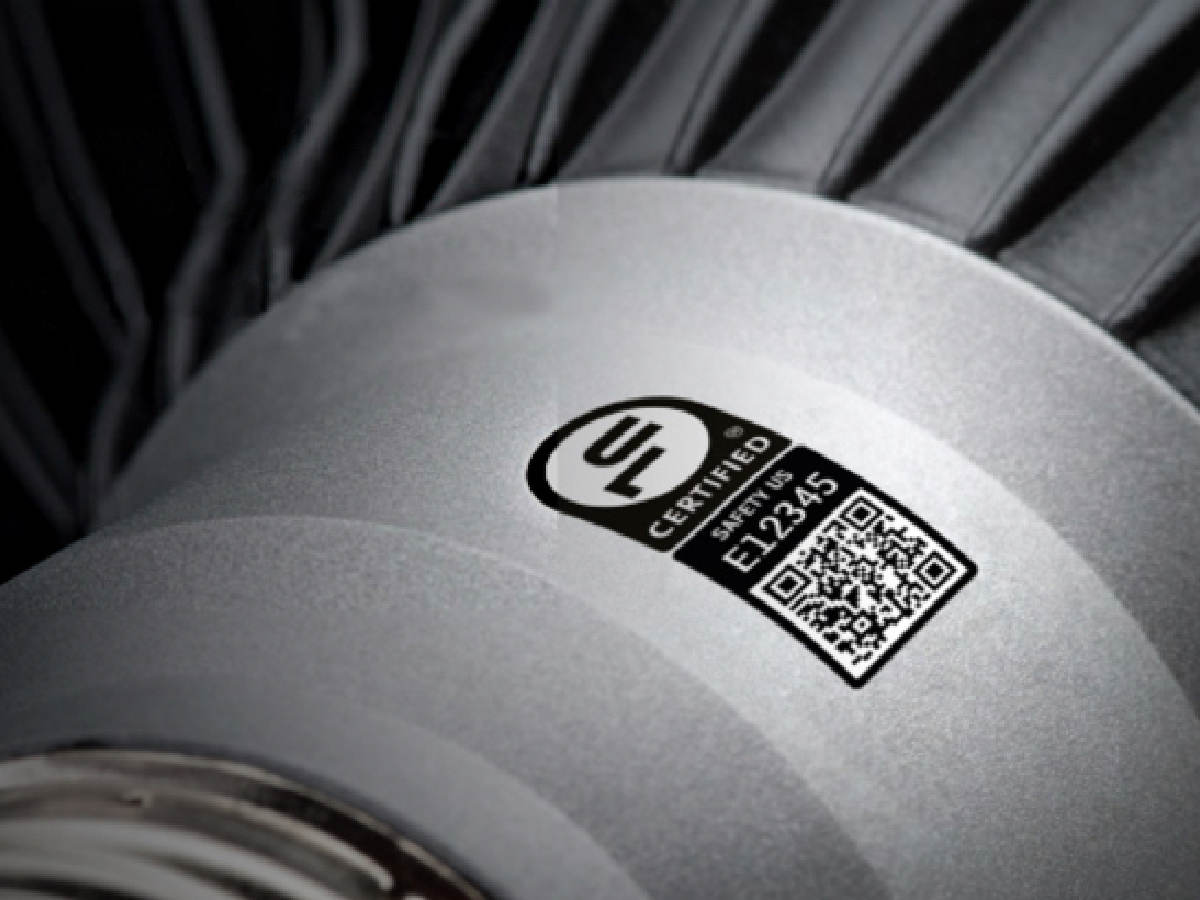
In a LED retrofit lamp, it is the light engine comprised of LEDs (discrete or chip on board) that emits the light that you see. The LEDs in the lamp operate at a temperature much higher than ambient, resulting in lower lumens, and this thermal efficiency factor lowers the lamp efficacy (lumens per Watt or LPW) below that of the intrinsic LEDs. Depending on the application, some LED lamps also have a form of secondary optics to shape the pattern of the light. Not all the light emitted by the LEDs makes its way out of the lamp. There is a light extraction efficiency associated with the whole optical system and this also lowers the efficacy of the lamp below that of the intrinsic LEDs. Finally, there is a driver efficiency factor (not all of the input power to the lamp ends up being delivered to the LEDs) which again reduces the lamp efficacy. It is the product of these three individual efficiencies which gives the overall factor to help the designer determine the final lamp efficacy.
Lamp designers from reputable manufacturers focus on lamp performance while accounting for each of the efficiencies mentioned above and also keeping in mind the need for the product to be affordable. Fly-by-night vendors often do not understand or care about these efficiencies.
In general, higher thermal efficiency is associated with a lower LED solder point temperature. This is possible with good thermal management by a suitable combination of proper materials for the heat sink, adequate surface area, proper choice of interface materials and good contact protocols. High optical efficiency, especially for omni-directional lamps, may need suitable lens design and proper choice of optical materials.
Driver electronics is complicated. A high efficiency driver allows one to reduce the total input power to the lamp for a given lumen output from a specified light engine. This is because in a high efficiency driver fewer watts are lost in the driver circuitry with a larger fraction of the input power being delivered to the LEDs. Power dissipation in the driver results in heat so a higher efficiency driver helps lower the temperature of the driver components allowing the use of lower cost capacitors and inductors for example.
Various design attributes influence the driver efficiency. One of them is whether the driver is isolated or non-isolated. While the latter tends to have lower losses and higher efficiency, one has to be careful to ensure that electrical safety requirements are met to avoid any shock etc. Unlike fly-by-night vendors, reputable manufacturers of LED lamps pay proper attention to this. A non-isolated driver design generally calls for fewer components, allowing a smaller driver footprint, and so is preferred for smaller form factor lamps.
Dimming performance is directly related to the driver design. Dimming drivers, for example, incorporate a bleeder circuit with resistive and capacitive components that provides the latching and holding current and prevents the TRIAC from misfiring. Bleeders can be passive or active. An active bleeder, where the resistor is only on when needed, may be the preferred route when high driver efficiency is needed. This may happen when one has to design a higher wattage LEDr lamp while keeping the cost of the heat sink under control. In this case, driver component temperatures are very critical. A passive bleeder may suffice for low wattage LEDr lamps where the driver efficiency may not be that critical. Even the type of fuse that is used for the driver can influence the dimming performance and also affect the driver efficiency.
In summary, several complex technical variables influence the optical, thermal and driver efficiencies in a LED lamp. Reputable manufacturers differ from the crowd of lesser vendors in that the former pay attention to all of these efficiencies when they design lamps for the customer while keeping cost in mind.


